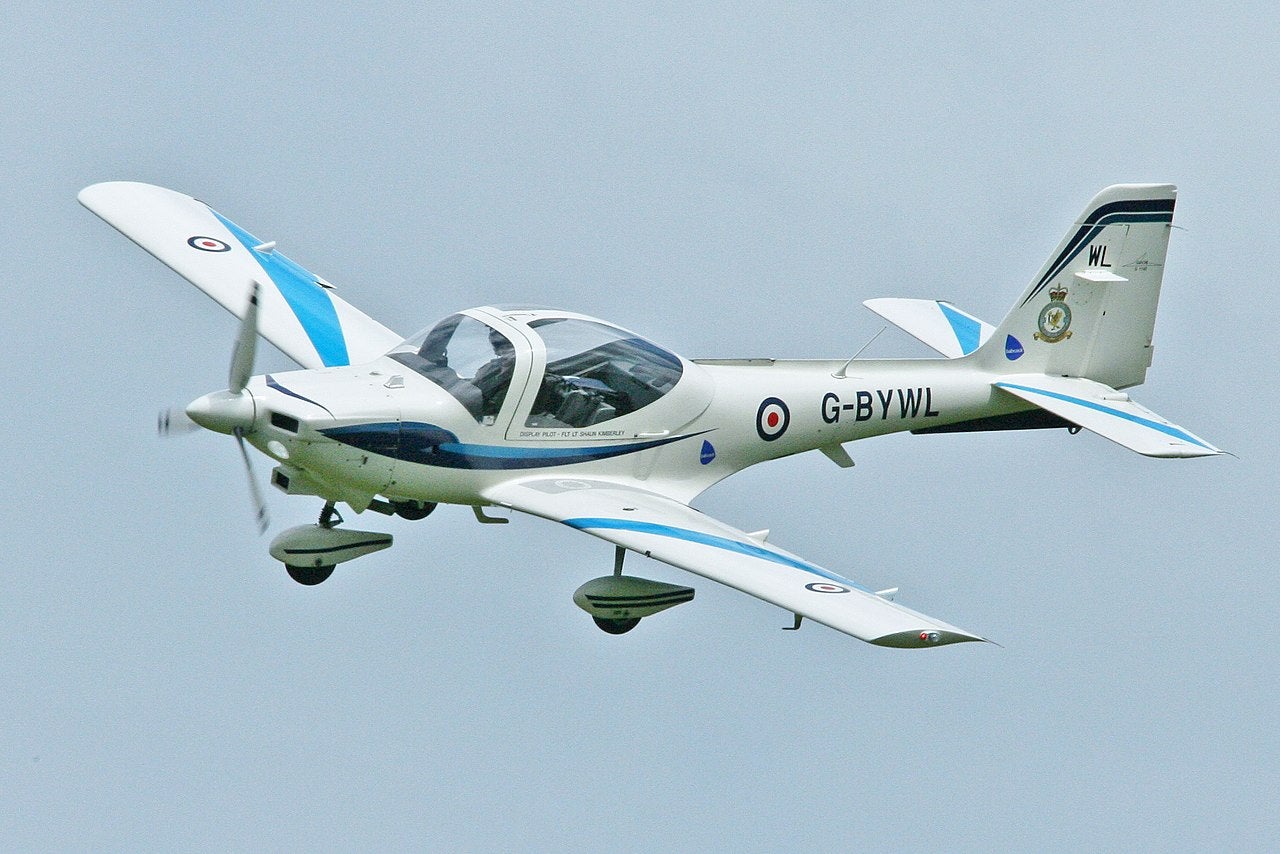
The UK Defence and Security Accelerator (DASA) is running a new Zero Emissions Air System Market Exploration on behalf of the British Royal Air Force (RAF).
The activity aims to explore net-zero emission options for the next generation of light flying training jets.
It is looking for information that will help inform user requirement specifications for a replacement system.
DASA is not seeking costed proposals but wants responses that will provide information on applicable technologies and systems in development and maturing stages in the next four years.
The RAF has set 2027 as the target date for the replacement of its existing fleet of military light training aircraft.
Currently, light training aircraft powered by propeller or fossil fuel are used by UK defence for pre-service entry flying training, grading and assessment at several army and civil airfields.
How well do you really know your competitors?
Access the most comprehensive Company Profiles on the market, powered by GlobalData. Save hours of research. Gain competitive edge.

Thank you!
Your download email will arrive shortly
Not ready to buy yet? Download a free sample
We are confident about the unique quality of our Company Profiles. However, we want you to make the most beneficial decision for your business, so we offer a free sample that you can download by submitting the below form
By GlobalDataThe Royal Air Force University Air Squadrons (UAS), Air Experience Flights (AEFs) and Flying grading and streaming (Army and Royal Navy) services need the necessary capability to build qualified flying instructors in key skills.
These skills include spin recovery training, ability to operate under Instrument Meteorological Conditions and operating under air traffic control (ATC) in closely managed airspace.
The RAF has pledged to reach net-zero carbon emissions targets by 2040.
To achieve this goal, the next-generation training aircraft must be able to operate on a sustainable fuel source such as electricity or hydrogen.
It should possess a powertrain capability that has zero carbon emissions at the activation point, and a dual control, side by side two-seat configuration with fixed undercarriage.
Furthermore, the platform needs to able to operate from both grass and hard runways, have an operating endurance of around 90 minutes, require no more than 20 minutes turnaround time (TAT).
The replacement aircraft should also be capable of operating between airspeeds of 50k-130k to a ceiling of 10000ft at maximum all-up mass.
In June this year, the UK flew a swarm of 20 drones of five different types, the largest evaluation of a military-focused uncrewed aerial vehicles (UAVs) swarm in the UK until now.



